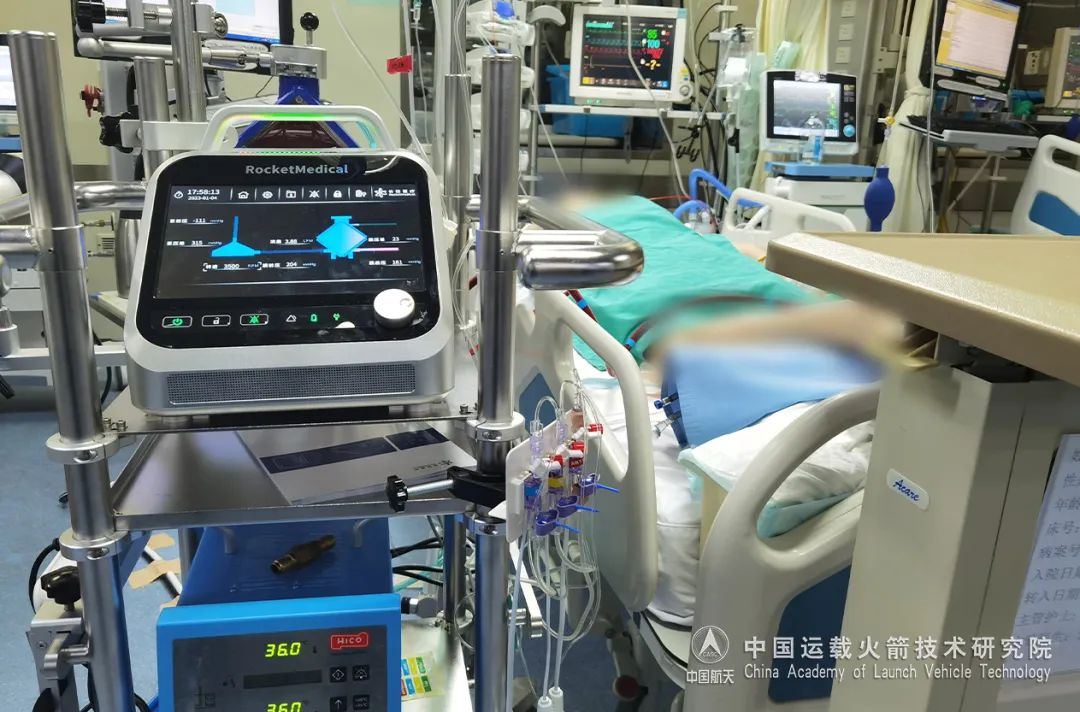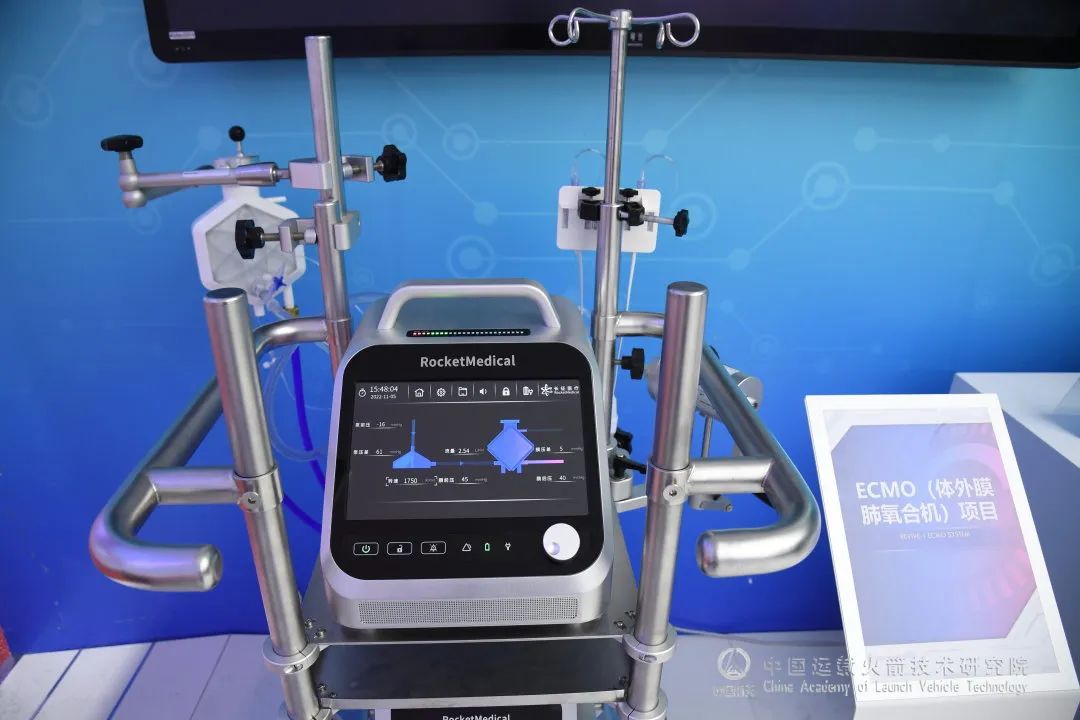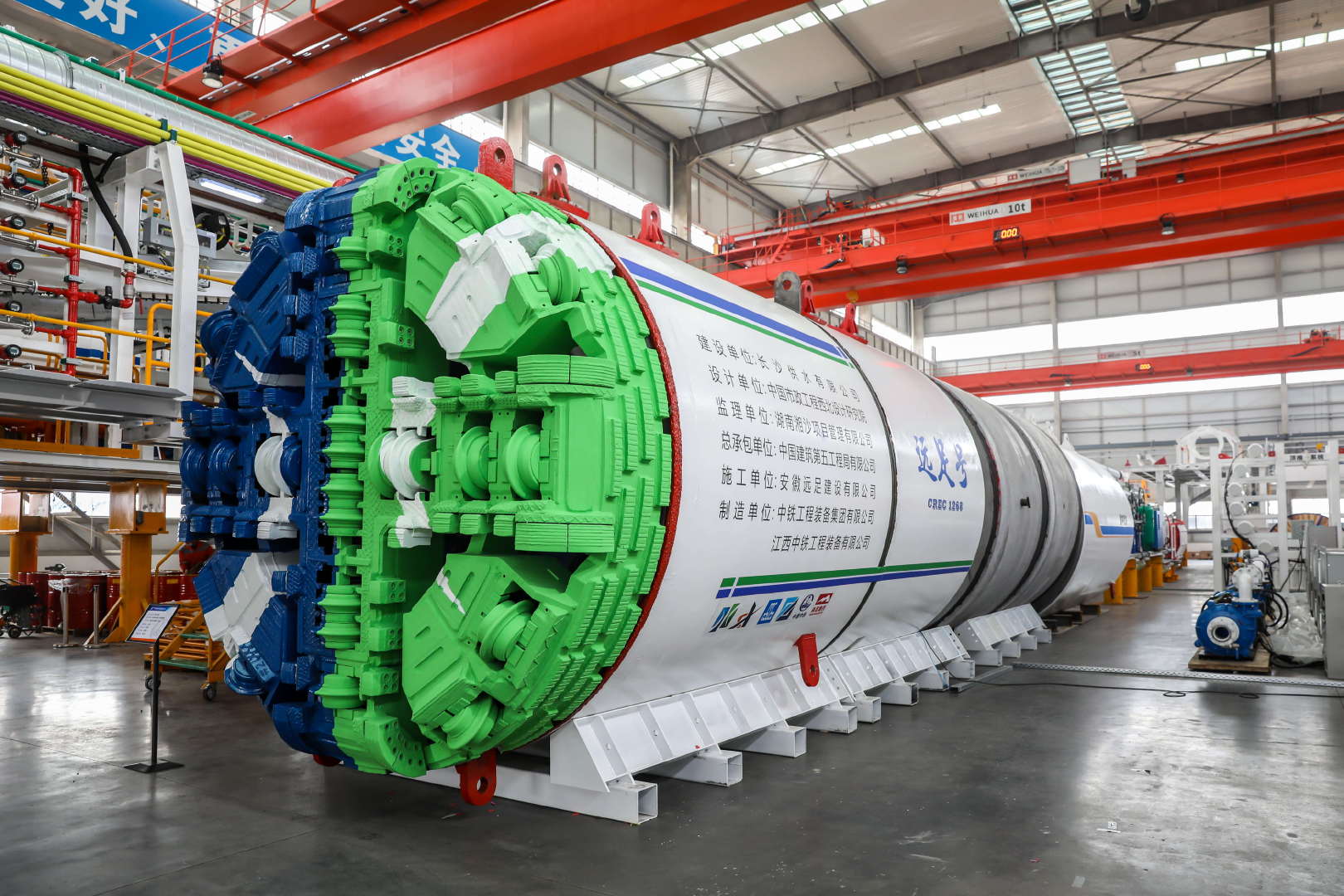Thank you very much for the link. But how does that link refute the most commonly held belief that China owns most of the Congolese cobalt mines.From the Canadian government. They have 8 corporations active there and their assets there value at 6.5 billion Canadian dollars.
You are using an out of date browser. It may not display this or other websites correctly.
You should upgrade or use an alternative browser.
You should upgrade or use an alternative browser.
News on China's scientific and technological development.
- Thread starter Quickie
- Start date
Well, I don't see any evidence for China owning those mines with the exception of a few import-export treaties. That "China controls Congo's mines and exploits children" articles rarely include any numbers or resources at all. Their sources are usually NGOs which, as we all know, are almost always paid mouthpieces.Thank you very much for the link. But how does that link refute the most commonly held belief that China owns most of the Congolese cobalt mines.
supercat
Colonel
China's first artificial cornea surgery completed
From the horse's mouth:
Dutch trade minister: won't summarily agree to U.S. rules on China exports
China's National Medical Products Administration (NMPA) on Tuesday gave emergency approval to the country's second homegrown extracorporeal membrane oxygenation (ECMO) device, which will support the treatment of adult patients with acute respiratory or cardiopulmonary failures..




More heavy engineering and Machines.
will speed up the construction of 1,400 major projects, including the 2nd phase of Deep Sea No.1 ultra deep-water gas field of China National Offshore Oil Corp, and a nuclear power project in Fangchenggang, confirmed under the central enterprises' 14th Five-Year Plan..

will speed up the construction of 1,400 major projects, including the 2nd phase of Deep Sea No.1 ultra deep-water gas field of China National Offshore Oil Corp, and a nuclear power project in Fangchenggang, confirmed under the central enterprises' 14th Five-Year Plan..

CRRC exporting battery electric locomotive to Thailand, the first such export to ASEAN countries. This is the transformation for China. 20 years ago, they were importing trains/coaches from the Europeans and now they are able to export more efficient locomotive to other part of the global south. Probably end up eventually squeezing out the Europeans.
supercat
Colonel
Chinese scientists rewrite established rule of how stars are formed
- ‘Unprecedented’ stellar survey shows one of astronomy’s most important concepts is not universal but varies with time
- Data collected on nearly 100,000 stars by telescopes in China and Europe was analysed by the researchers
Chinese team achieves ‘milestone’ by controlling chemical reactions with lasers
- Scientists in northeastern China are the first to manipulate reactions at the atomic level
- The research provides a starting point for more sophisticated experiments and could lead to more efficient production of chemicals
in Beijing Published: 7:39pm, 20 Jan, 2023 Updated: 7:39pm, 20 Jan, 2023

Chinese scientists used lasers to control reactions involving dumbbell-shaped hydrogen molecules. Photo: Shutterstock
A Chinese team hit a “milestone” in chemistry research, becoming the first scientists to control , according to a leading scientific journal.
The , whose findings were published in Science on January 12, said their method allowed them to manipulate hydrogen atom reactions with unprecedented precision, which could eventually lead to more efficient production of chemicals.
The research was led by Yang Xueming and Zhang Donghui of the Dalian Institute of Chemical Physics in the northeastern province of Liaoning. Both Yang and Zhang are members of the prestigious .
The team used a to control the orientation of hydrogen-deuterium (HD) molecules as they were pelted with hydrogen atoms, resulting in a higher yield of hydrogen molecules.
During , microscopic particles collide with each other and form new structures. The orientation of the colliding particles has a big effect on the chemical reaction’s outcome.
When a hydrogen atom collides with one of the ends of a dumbbell-shaped HD molecule, it yields three times the number of hydrogen molecules as when the atom hits the middle of the “dumbbell”.
For decades, chemical engineers regulated reactions by adding catalysts and changing the temperature or pressure of the reaction system to get the desired results and produce items ranging from medicine and cosmetics to tyres.
But as scientists looked to control reactions at the microscopic level, these traditional methods started to fail.
Scientists have spent many years trying to improve their understanding of chemical reactions at the atomic and molecular scale and coming up with new tools to control these reactions.
The Dalian team’s experiment, which uses the simplest molecules in nature, offers scientists a starting point to control more sophisticated and dynamic types of chemical reactions.
The reviewers from Science praised the team’s work as “a milestone in the field of reaction dynamics”.
“This work is a summary and further improvement of our work over the past 20 years,” said Xiao Chunlei, a co-author of the paper.
In 2006, the team started looking for a method to detect the results of experiments performed at the atomic scale. They eventually invented what they called the “Rydberg detection technique” for measuring the movement of atoms.
“That was the first stage of our research, in which our work seemed passive, as we could only observe but not control the state of reactants,” Xiao said.
In 2013, the team started to experiment with controlling the reaction process by using lasers to inject energy into molecules.
The team is now able to precisely control the orientation of reactant molecules by changing the direction of the laser’s electric field.
Zhang led the calculation team, which carried out on a computer. Their calculations closely matched the results of the experiment, providing further proof of the dynamic process.
“Previous chemical reaction research was like a ‘blind box’ – the result was predetermined by its original quantum properties, and scientists could not control it at will. It was like rolling the dice to get our desired results,” Zhang said in an interview on Wednesday.
“But now we can excite a specific molecule and control its orientation to directly get what we want.”
According to the team, the research proves the orientation of molecules and atoms has a substantial effect on fundamental chemical reactions, and will serve as an example for future experiments.
“This work provides a theoretical basis based on quantum mechanics. In the future, we might bring larger and heavier atoms such as fluorine or chlorine into our research,” Xiao said.
China-developed slurry-balanced tunnel-boring machine for hard rock construction rolled off production line recently, becoming world's 1st of its kind with both pipe jacking & shield tunneling modules. Having an excavation diameter of 3.68m, it will be put into use in Changsha..


